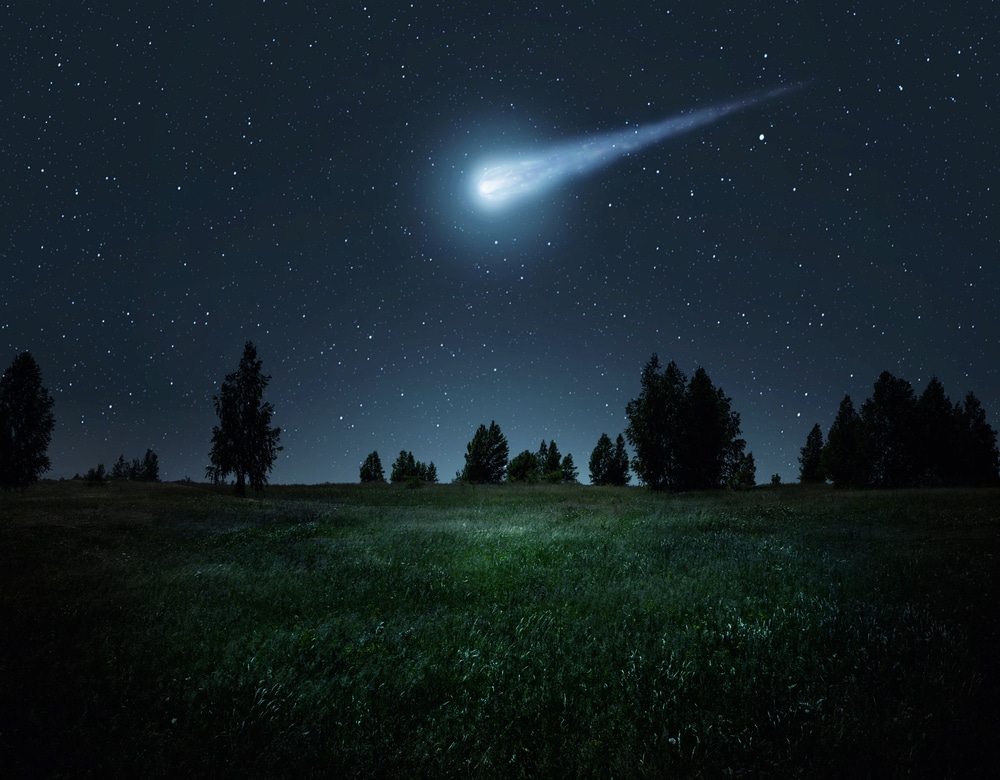comet that only orbits the sun once every 50,000 years is expected to be visible from Earth with the naked eye. The last time the comet visited, the Sahara desert was wet and fertile, Neanderthals and woolly mammoths still walked the Earth, and humans were—as far as we know—yet to reach North America.
C/2022 E3 (ZTF) was first spotted by the Zwicky Transient Facility (ZTF) on March 2, 2022, and is set to reach its closest point to the sun, or perihelion, on January 12, 2023. ZTF is an astronomical survey conducted by the Palomar Observatory in California.
Comets are “cosmic snowballs” made up of frozen gases, dust and rock that orbit the sun. As they approach our star, these fragile constructs are blasted with increasing amounts of radiation, a process that can produce two vast tails of gas and dust.
Comet C/2022 E3 (ZTF) is currently located around 117 million miles from Earth. It is scheduled to make a close approach to our planet in early February, 2023, coming within roughly 26 million miles of us on the first day of the month. This is equivalent to more than 109 times the average distance between the Earth and the moon.
Predicting the brightness of comets with accuracy is very challenging. But current data indicates that C/2022 E3 (ZTF) is expected to reach at least magnitude +6 by around the time of its close approach to Earth.
When measuring the brightness of astronomical objects, the brighter a given object is, the lower its magnitude. For example, an object with magnitude +2 is brighter than one that has a magnitude of +8.
“It’s notoriously hard to predict the brightness of comets, however, sky watchers everywhere have been keeping track of Comet C/2022 E3 (ZTF) since it was discovered in March 2022, and the current prediction is that it might reach magnitude +6—the limit of what the naked eye can see—or even slightly brighter when it’s at its closest approach to the Earth on the 1st of February,” Tania de Sales Marques, an astronomer at the Royal Observatory Greenwich in the United Kingdom, told Newsweek. (SOURCE)










